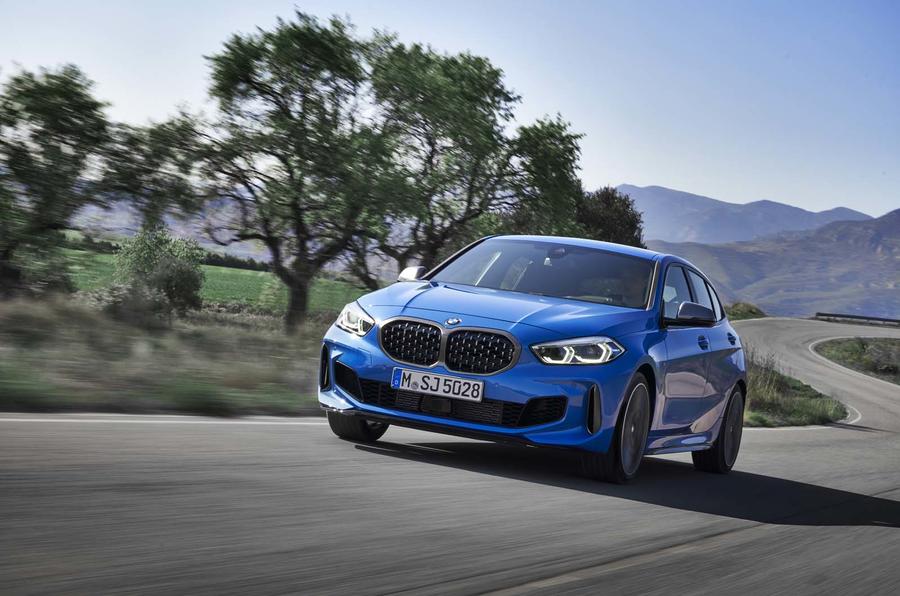Jaguar is plotting two small crossovers to grow its SUV family as it looks to bolster waning sales – and they could ultimately be built on BMW platforms as part of increasing ties between the two firms.
The deal between the two companies, which started with joint work on electric drive unit (EDU) development, also opens up the prospect of the introduction of a new entry-level Land Rover model alongside next-generation versions of the recently replaced Range Rover Evoque and Land Rover Discovery Sport built off the BMW architecture.
The blossoming alliance between Jaguar Land Rover (JLR) and BMW has already expanded. Autocar sources have recently revealed that the German car maker is set to supply JLR with four and six-cylinder internal combustion engines in both standard and hybrid form.
That move to sharing engines has now opened the real possibility that JLR and BMW are aligning themselves to take a much bigger step: sharing an advanced small car platform.

A pair of super-economical baby Jaguars – already in the early stages of development pending a green light for production in the middle of the next decade – could now be based on BMW’s new FAAR platform for front-wheel-drive models.
The two new models are expected to be a small SUV and a similarly sized coupé crossover and they are likely to carry the ‘Pace’ name as part of the firm’s SUV family.
In addition, the next-generation Range Rover Evoque and Land Rover Discovery Sport models, which are due in the second half of the next decade, could be sibling vehicles to the next-generation Mini Countryman and BMW X1 models in a further deepening of the alliance.



















Join the debate
Add your comment
This century is hard for a
This century is hard for a car enthousiast.
Long live the past !
Most customers don't give a ********* about platform sharing!!!
Buyers of Audi's, Skoda's or Seat's still go on enthusiastically about their marques, even though they are all based on VW platforms & using VW components such as Engines & Gearboxes.
Even Bentley's use VW components & platforms..............no-one slags off Bentley for doing this!
So very, very sad
So very, very sad. Another great marque reduced to using another company's engines and soon, apparently, platforms. A car with a BMW platform and a BMW engine is NOT a Jaguar. One thing among many that made Jaguar interesting and compelling is that they're NOT the mainstrean German cars. Another distinctive car company will be a thing of the past. Jaguar made some of the world's great engines and great cars, and now this. Another great marque being reduced to just another version of someone else's car. A crying shame.
Totally agree
How will a JLR salesman ever be able to look a customer in the face now and promote a vehicles 'Jaguarness' as one of its major plus points.
Make no mistake, this is a sell out to the German car industry that JLR will be lucky to endure in the long run.